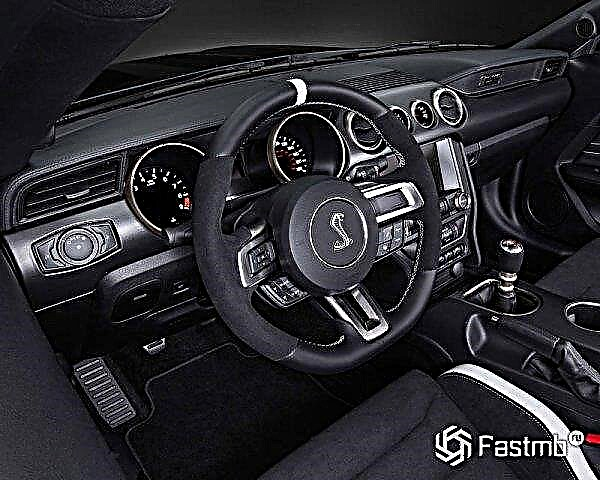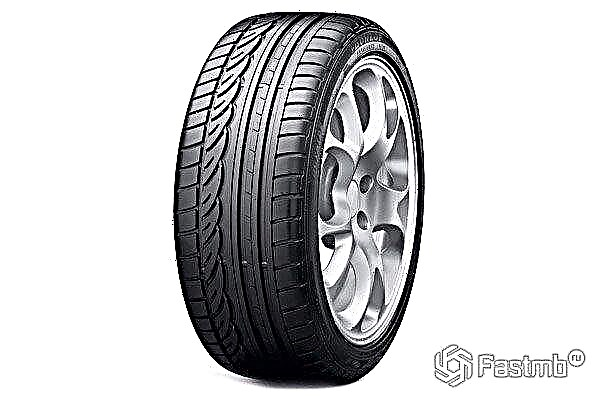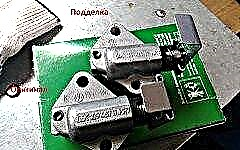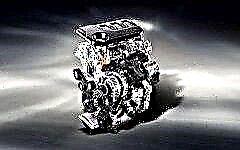
Engine efficiency is an important criterion when choosing a vehicle. And since many motorists consider only gasoline units, we suggest that you familiarize yourself with the rating of the most economical gasoline engines.
1.150hp 1.4 TSi

For many car owners, the 1.4-liter TSi engine with 150 hp. is a "classic of the genre". It is produced by the Audi-Volkswagen concerns and is characterized by low fuel consumption. In the automotive industry, this unit is also called EA211.
The 1.4 TSi is a small displacement gasoline engine that is widely used in Volkswagen models. The first use of the unit was practiced on the Jetta and Golf 5. It was developed as a replacement for the previous version EA111, which had significant drawbacks.
Two camshafts, hydraulic expansion joints and lightweight pistons are hidden under a cast iron block and an aluminum head. A powerful crankshaft is also integrated into the engine.
The main advantages of the model are reliability and the presence of a turbocharged supercharger. The design is equipped with a supercharged 1.4 TSi Twincharger, which reduces the likelihood of turbo bumps.
The 1.4-liter 150-horsepower TSi engine uses 4 cylinders and 16 valves. The manufacturer's declared fuel consumption per 100 km of track is 5.2 liters. The resource of the motor, according to the technical data from the manufacturer, reaches 250-300 thousand km. According to car owners, it exceeds 300,000 km. The duration of operation without the need for repair is determined by care and maintenance.
There are no significant shortcomings and failures in the operation of the power plant - it has a high build quality and reliability. When developing, Volkswagen engineers took into account all the shortcomings of previous versions and consumer recommendations.
Now the engine does not have a timing chain, but there is a belt. The bypass valve has been replaced and engine warm-up has been improved. It is possible to repair individual failed units at home, which is a pleasant moment for many car owners.
It is recommended to carry out scheduled maintenance after 12-15 thousand mileage. The timing belt changes after 60-75 thousand km.
Other restoration work is carried out taking into account the rules and instructions from the manufacturer. Overhaul can be carried out in a car service using professional equipment.
Engine tuning is rarely done. But if you implement the ECU firmware to the Stage 1 level, this will increase the power reserve up to 180 "horses". When using Stage 3+ firmware, the motor will be able to generate up to 230 hp. power.
The 150 hp 1.4 TSi is a proven and reliable engine that does its job well and deserves the title of one of the most fuel efficient petrol units on the market. Due to its simple design, easy repair and long service life, the model has gained great popularity among foreign and domestic motorists.
2. Hyundai G4LA and G4LC

Gasoline units G4LA and G4LC with a volume of 1.25 and 1.4 liters from the Kappa series are produced by the Hyundai car concern for mid-size and miniature representatives of the model range. They found a response among consumers from European countries and Russia. In the domestic space, these engines are installed only on the Solaris, Rio, Picanto models.
The G4LA outlet has a volume of 1248 cubic meters. see. Due to the presence of automatic hydraulic lifters, it is not necessary to adjust the valves. A metal chain is used as a timing drive, and a Dual CVVt design is used as a phase regulator. The fuel consumption of the 1.2-liter engine is 5.8 liters per 100 km in the urban cycle, and 3.7 liters in highway operation.
The Kappa series has become a logical continuation of the Gamma line, but with improved technical characteristics and several interesting updates.
The list of the main features of the engines is as follows:
- The manufacturer's declared power reserve for the G4LC is 99.7 hp, but with the help of chip tuning, the actual figure can be increased to 109 "horses". Even authorized dealerships offer this option as an option. Therefore, the car owner will be able to raise traction effortlessly.
- Power plants G4LA and G4LC are manufactured at South Korean factories, which is a guarantee of their high quality and reliability.
- The compression rate is 10.5 to 1. This improves the efficiency of the power output, because the the knock point is formed in the upper limits of the internal combustion engine.
- CPG - placement in a row, the pistons are lightweight and maintain cooling. The connecting rods are thin but elongated.
- The crankshaft looks almost the same as that of the Gamma engines, but the journals have become already due to their reduction in weight.
- The timing belt consists of 16 valves, hydraulic lifters and two phase shifters on the shafts.
3.1.6 TU5JP4

The TU5JP4 series engine was released at the end of 1999. For ten years, it was used as the main unit for the popular Peugeot and Citroen vehicles.
In 2009, the model was replaced by more modern counterparts such as the EP6. At the same time, the 1.6-liter TU5JP4 model continues to be popular due to its uncompromising reliability and low fuel consumption. In 2012, the engine received a new name - EC5, and began to be installed on budget cars Citroen C5 and Peugeot 301.
The unit stands out for its simple design with a conservative configuration. It lacks phase shifters, but there are 16 valves (previously 8-valve versions were produced).
Special "gadgets" for the motor are not provided. The fuel delivery manifold looks normal, the throttle is electronic, and the engine load regulation is measured using an absolute pressure sensor, which is combined with a temperature sensor.
According to the statements of auto experts, the TU5JP4 is able to cover up to 500,000 km of track without any major breakdowns and problems. The likelihood of failures increases when you try to save on maintenance.
Using the example of a 2007 Peugeot 307 with a manual transmission, the TU5JP4 1.6 has a gasoline consumption of 5.8 liters per 100 driving on the highway, and about 7.4 liters in mixed operating conditions.
4. Honda R20A

Honda's 2-liter petrol unit hit the market back in 2006. It was used as the stock engine for the Acord, Civic and CR-V crossover models.
The motor is made of aluminum alloy, has balance shafts and an intake manifold with three modes of operation. In addition, it has a single camshaft cylinder head with a 16-valve configuration. The i-VTEC gas distribution system is also integrated in the model.
Like the previous releases of the Japanese automaker, this unit does not have hydraulic lifters, so the valve must be adjusted after 45,000 km. At the same time, the Honda R20A stands out for its high-quality assembly and simple design, which simplifies its repair and maintenance.
There is no need to select and replace tappets to adjust the valves. Also, drivers do not complain about possible leakage of antifreeze or oil. When developing the Honda R20A, engineers focused on efficiency and environmental compliance. The power reserve reaches 155 hp, and the working resource is 300 thousand km.
Maintenance of the engine comes with some costs, and overhaul can cost about the same as buying a new unit.
5. Renault K7M

The fifth position in the list of economical and reliable gasoline engines is the Renault K7M. It was used as the initial power plant in the Sandero and Logan small cars. The engine is also used in the budget SUV Duster crossover with the designation K7M.
Due to the relatively small volume (1.6 liters) and 8-valve configuration, the engine does not show any particular dynamism or boost. The power reserve varies from 82 to 87 hp, and the manufacturer's declared working resource reaches 400,000 km.
The main advantages of the model include the presence cast iron cylinder block and specific piston designwhich reduces fuel and oil consumption and also makes the device resistant to overheating.

|| list |
- 150hp 1.4 Tsi
- Hyundai G4LA and G4LC
- 1.6 TU5JP4
- Honda R20A
- Renault K7M
- Types of fuel-efficient cars











